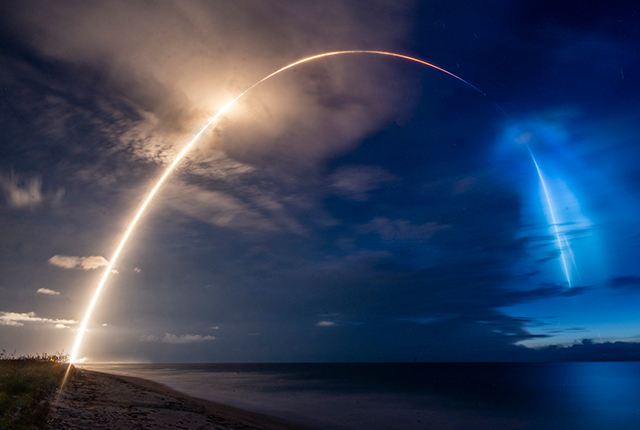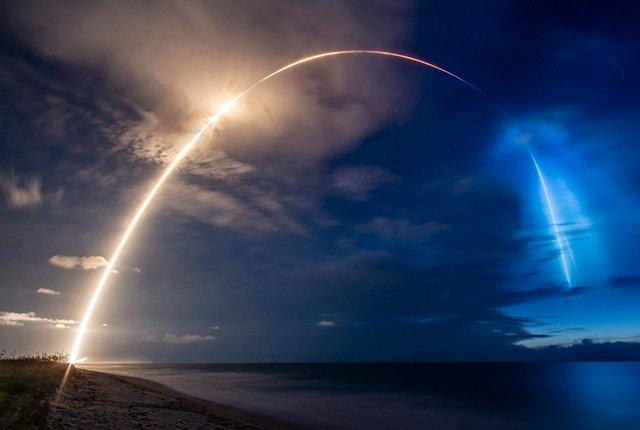
SpaceX has revealed early performance information of its Starlink broadband satellite service.
The details were shared during the broadcast of the launch of the latest batch of 60 Starlink low-earth orbit (LEO) satellites on Thursday.
SpaceX senior program reliability engineer Kate Tice said the company has been carrying out early testing of the constellation with its employees collecting latency statistics and performing standard speed tests of the service.
“This means that we’re checking how fast data travels from the satellites to our customers, and then back to the rest of the Internet,” Tice explained.
She claimed that initial results have been good, noting the team was recording download speeds in excess of 100 megabytes per second (MBps). That converts to around 800 megabits per second (Mbps).
However, SpaceX later clarified that the figure was actually 100 megabits per second (100Mbps).
Although she did not provide any actual numbers with regards to latency, Tice said the ping was “low enough to play the fastest online video games”.
Getting to 1Gbps
SpaceX claimed in its original filing to the Federal Communications Commission (FCC) that the Starlink service would be capable of 1Gbps speeds.
However, it noted it would need to deploy the first full constellation of 4,400 satellites to achieve this. Following Thursday’s launch, SpaceX has now put more than 700 satellites in orbit.
According to SpaceX CEO Elon Musk, this is 400 more than needed to offer “initial operational capability”, whereas the 800-mark will allow Starlink to provide “significant operational capabilities”.
Starlink users will connect to the service via a special terminal which employs a “UFO-shaped” antenna.
Photos of this antenna were previously uncovered in the source code of the Starlink website and shared by Twitter user @flcnhvy.
Musk responded to the tweet, appearing to confirm the legitimacy of the pictures.
UFO on a stick aka Starlink user terminal looks beautiful pic.twitter.com/1aog0FS1jq
— Viv 🐉 (@flcnhvy) July 14, 2020
Data transfer breakthrough
Tice also elaborated on a successful data transfer test between two Starlink satellites in orbit.
SpaceX managed to transmit hundreds of gigabytes of data between the two spacecraft in packets sent via inter-satellite links it calls “space lasers”.
“Once these space lasers are fully deployed, Starlink will be one of the fastest options available to transfer data around the world,” Tice said.
Starlink is planning to run a public beta of the service in the near future, with interested persons currently able to submit their address on the Starlink site.
South Africans can also sign up, however, current indications are that the beta will first go live in the US and Canada.


